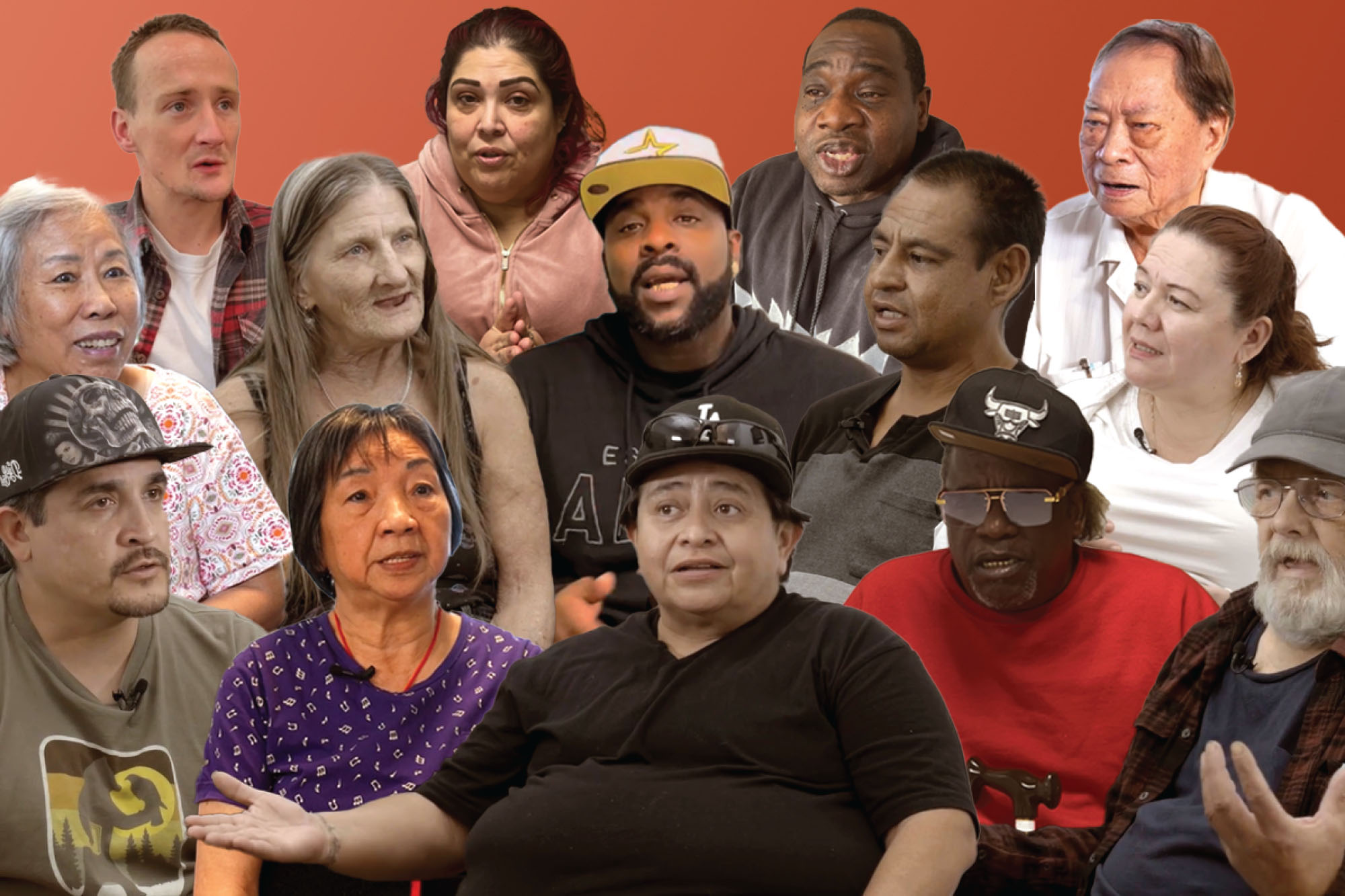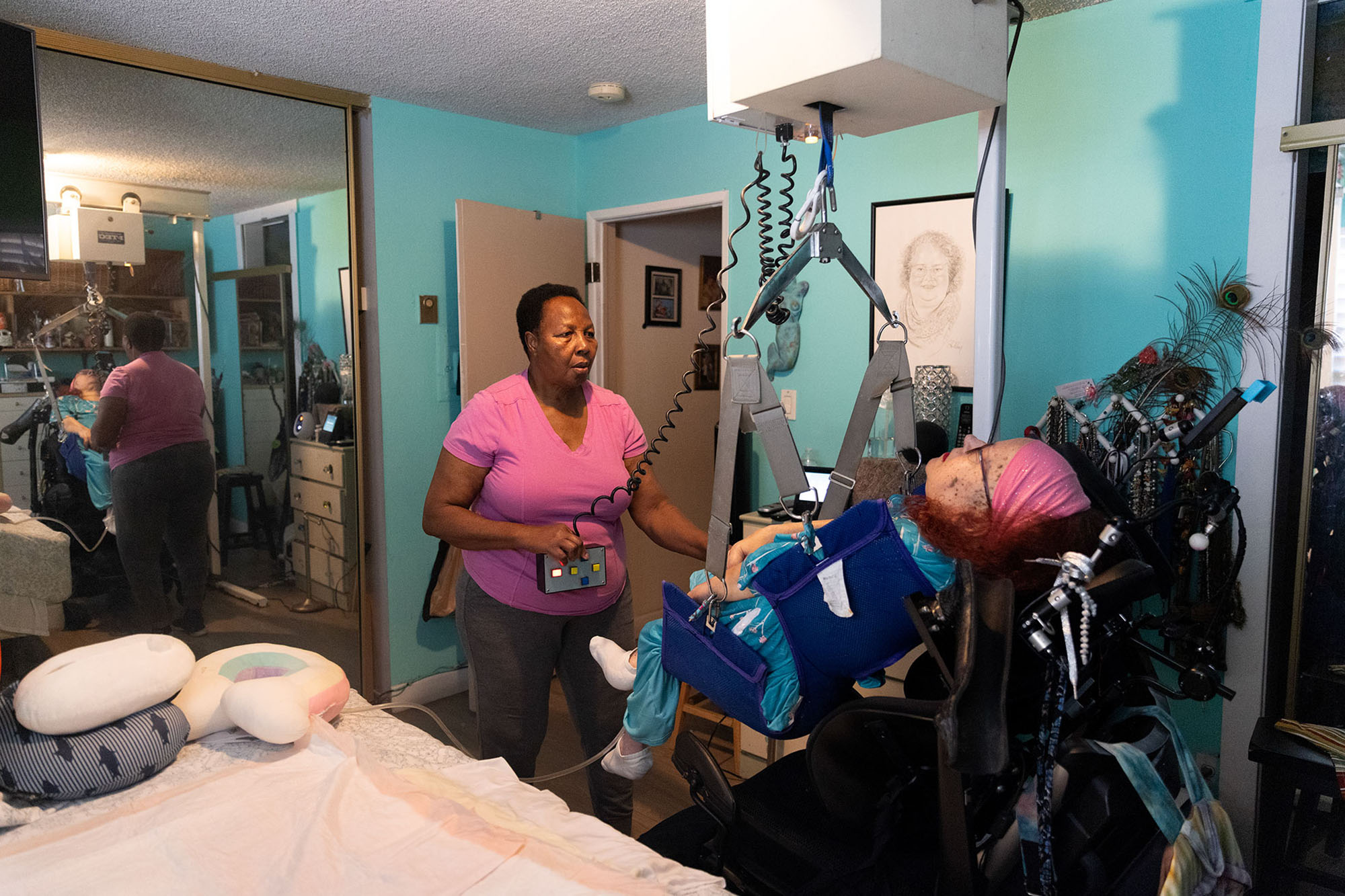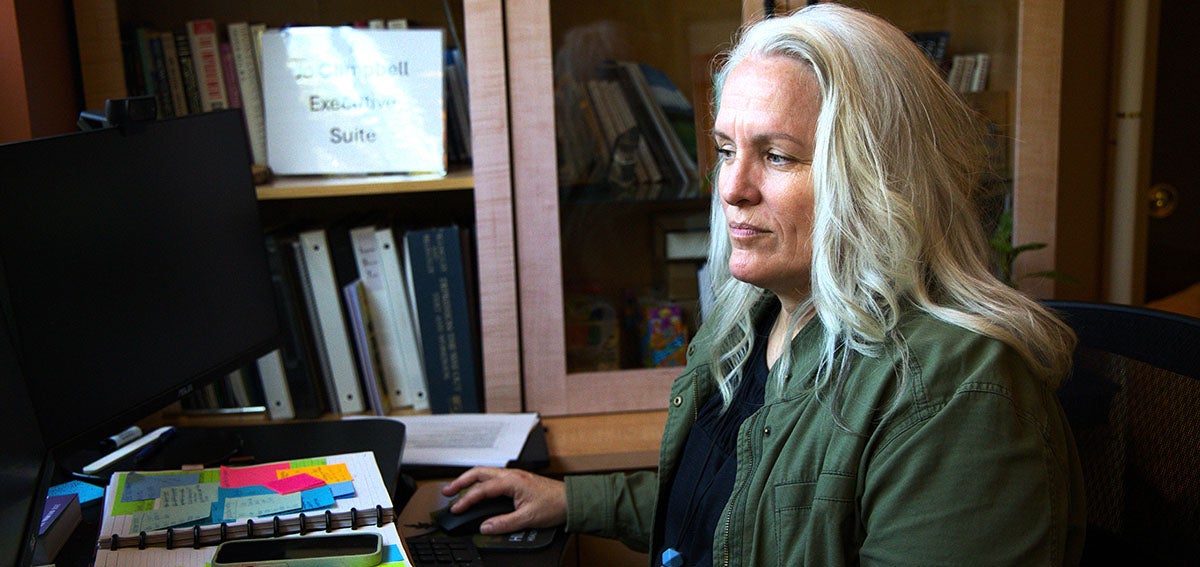Last week, the US Centers for Medicare & Medicaid Services (CMS) released guidance allowing states to impose work requirements on Medicaid beneficiaries, a first in the history of the program. Medicaid was created in 1965 to provide health care access and financial protection to some of the sickest and most vulnerable Americans, including poor families and the disabled. It also gives financial security to members of many middle-class families who exhaust their savings and cannot afford long-term care as they age.
Medicaid’s benefits were extended to working-age adults with low incomes and without children in California and other states that chose to expand coverage in the wake of the Supreme Court’s ruling on the Affordable Care Act in 2012. Today, one-third of the state’s population (13.5 million people [PDF]) is covered by Medi-Cal, California’s Medicaid program. Medi-Cal coverage provides access to essential primary, specialty, acute, and dental care services to Californians throughout the state.
As the debate over Medicaid and work unfolds nationally, here are a few key facts to keep in mind.
84% of Nondisabled, Nonelderly Adults in Medi-Cal Are in Working Families
Of Medi-Cal’s 13.5 million members, roughly 4.8 million are working-age adults not deemed disabled by the federal government (i.e., they are not eligible for federal Supplemental Security Income [SSI] payments due to disability). According to the Kaiser Family Foundation, the vast majority of these individuals (84%) are in families with at least one working member. Sixty-two percent, or nearly 3 million, are working themselves. Of those who do not work, virtually all are either ill or disabled (28%), caring for a family member (36%), or attending school (18%). (Those who report a disability here likely do not meet the strict eligibility requirements for federal SSI disability benefits, which include a disability of a year or more, or one that is likely to result in death. For example, they may be suffering from a shorter-term disability.)
Working Adults on Medi-Cal Are Often in Low-Paying Jobs Without Benefits
According to the UC Berkeley Center on Labor Research and Education, almost one in five California workers age 18 to 64 is on Medi-Cal. More than one-third of California workers in such industries as agriculture, restaurants, and administrative and building services (e.g., security guards and landscapers) are enrolled in Medi-Cal. These often are low-paying jobs that do not provide benefits.
Medicaid Helps Adults Work
A seminal study found that participants who received Medicaid coverage in Oregon were more financially stable, visited the doctor more frequently, and were in better mental health than those who did not. It is therefore not surprising that recent studies from both Ohio (PDF) and Michigan show that the majority of adults enrolled under the ACA’s Medicaid expansion reported that gaining health coverage helped them look for work or remain employed. Such findings suggest that policymakers should seek to make it as easy as possible to access Medicaid benefits, which already allow for the creation and support of a healthy and productive workforce.
California Is Unlikely to Pursue Work Requirements for Medi-Cal, but Other Significant Federal Changes Are Possible
While California is not one of the states currently contemplating new work and community engagement requirements for adults on Medi-Cal, the program faces the prospect of significant changes at the federal level. Last spring, the House passed legislation that would have reduced federal funding for Medicaid by $880 billion over the next decade. Speaker of the House Paul Ryan has pledged to make similar efforts a priority in 2018.
The more difficult it becomes for Californians to access health insurance coverage like Medi-Cal — either through the introduction of onerous eligibility requirements or dramatic reductions in federal funding — the less likely they are to become or continue to be healthy and productive citizens. Policymakers looking to encourage work should instead target reforms that increase access, modernize delivery, and secure adequate funding — approaches that will ensure the program continues to serve millions of Californians and their families successfully.
Authors & Contributors






